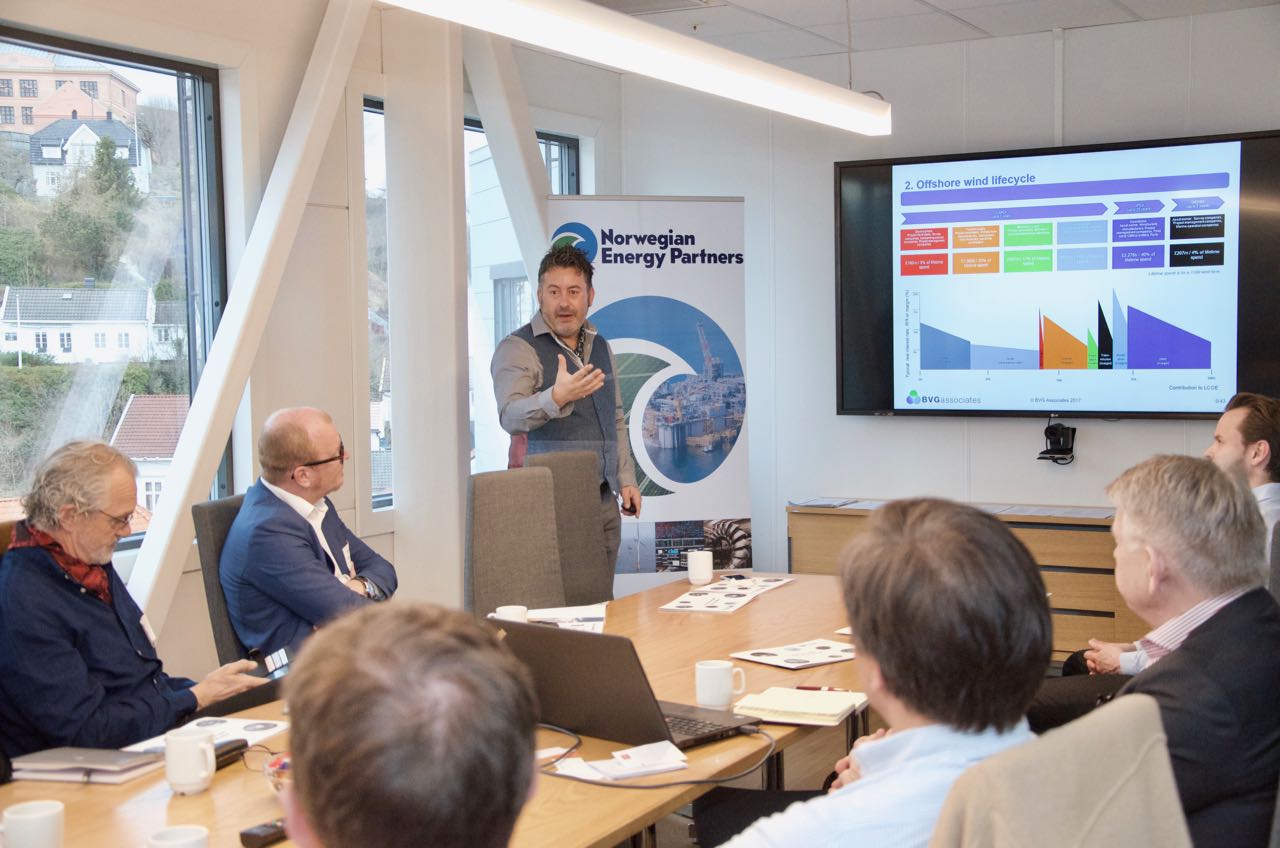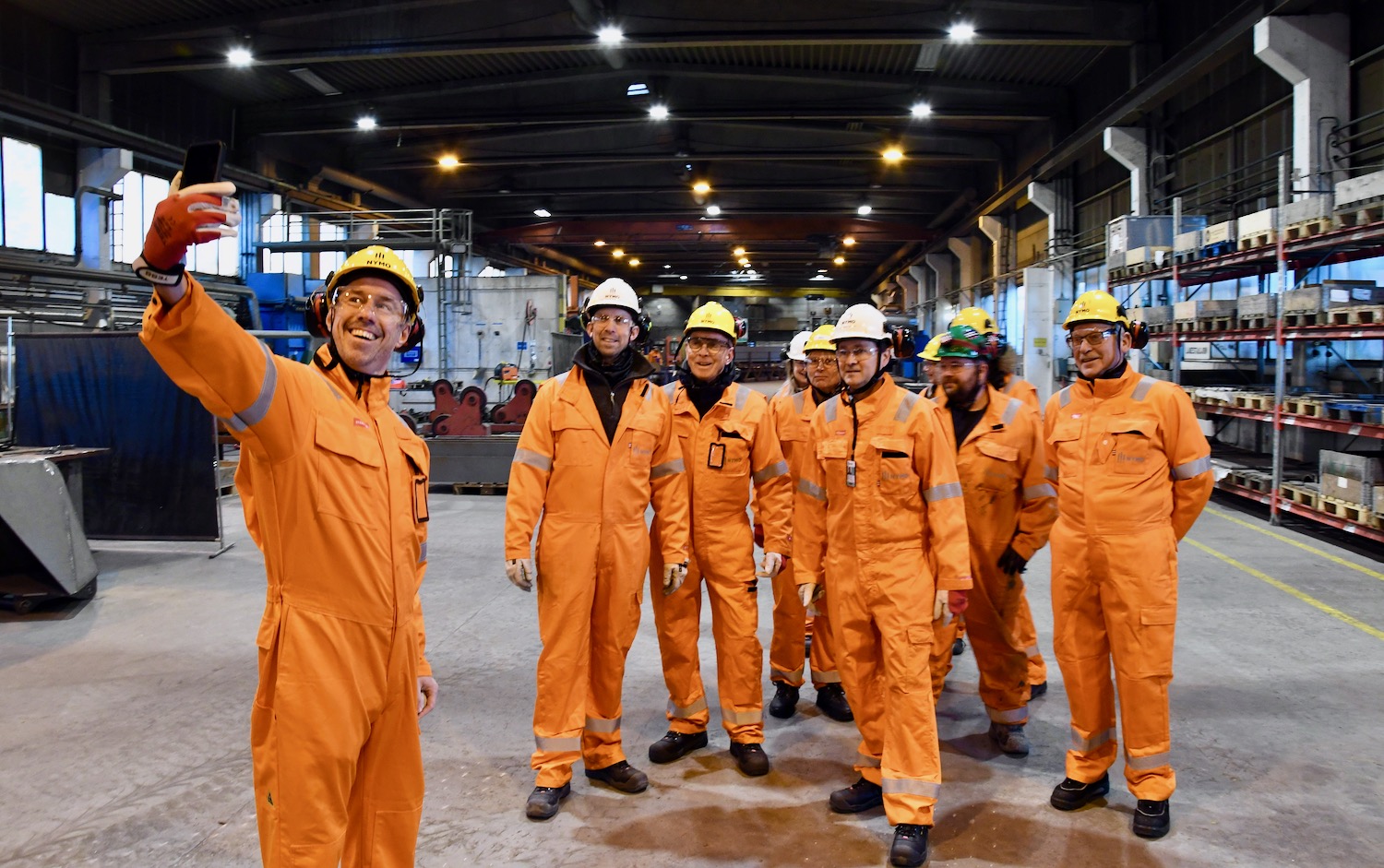That is the short and sweet from Alan Duncan, renewable energy consultant, after two meetings with the oil and gas industry in Kristiansand and Arendal this week.
“Operation, maintenance and service present the greatest opportunity for oil and gas suppliers seeking to diversify. There is a huge amount of money to be spent in these areas, on things that you are already experts on!” said Duncan.
Other good business opportunities include project management (oil and gas has been offshore logistics experts for 50 years already), array cables, substation structures, turbine foundations, secondary steelwork, cable installation, installation equipment and installation support services.
An offshore wind farm has an estimated lifecycle of 45 years. Lifecycle spending includes turbines (25 per cent of lifecycle spending), subsea (20 per cent), installation (11 per cent) and operating cost (40 per cent).
So far offshore wind has relied on subsidies to be competitive with other energy sources.
“Offshore wind can now stand on its own two feet, due to significant cost reductions in recent years. Most of the cost reductions come from the turbines, as we are moving from 3-4 MW turbines to 7-8 MW turbines, and we are talking about 10-12 MW turbines for the future,” said Duncan.
Offshore wind is very much a European industry and market. Europe had almost 13 GW installed offshore wind capacity at the end of 2016. In comparison, the rest of world had just below 2 GW installed. By 2020, the global capacity is anticipated to almost double, reaching 25 GW. China is expected to be a main driver for the market.
In the meetings in Arendal and Kristiansand, facilitated by Norwegian Energy Partners and GCE NODE, Scanmatic (monitoring systems), Eaton Hernis (CCTV), MacGregor (cranes and mooring systems), Umoe Mandal (vessel) were among the NODE-companies which shared experiences from their entry into the offshore wind market.






